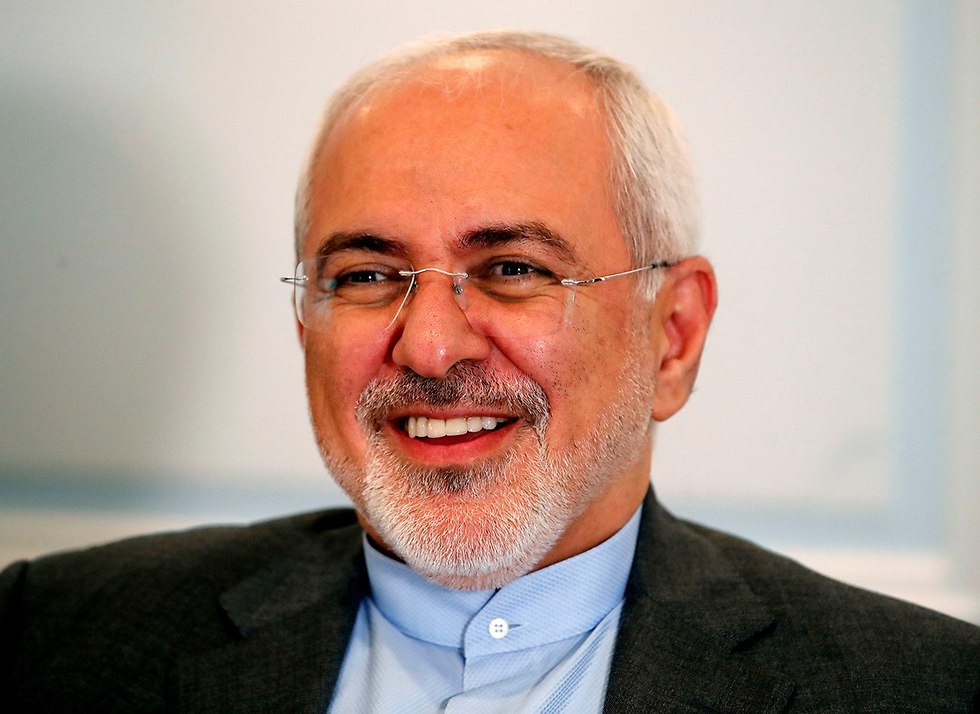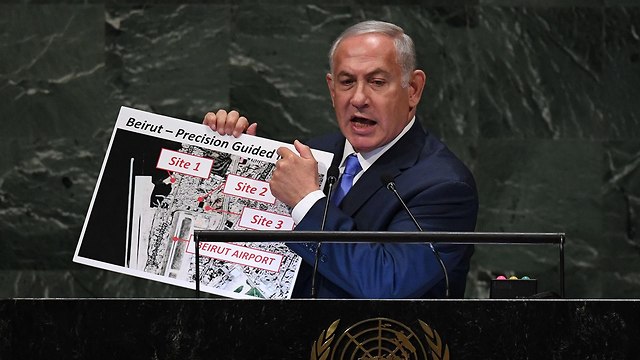Iran’s strategic computer and infrastructure networks reportedly fell under an extensive and powerful cyber-attack in the last several days, according to Israeli news reports on Wednesday. Analysts believe this attack is far more potent than the “Stuxnet” virus, which hit Iranian networks in 2011.
Gholam Reza Jalali, head of Iran’s civil defense agency, told media outlets on Sunday that the government successfully neutralized “a new generation of Stuxnet which consisted of several parts… and was trying to enter our systems.”

Gholam Reza Jalali
The Iranians, however, did not reveal the extent of its damage. Israel, considered the Islamic republic’s archenemy, has been silent on the matter.
Eyal Wachsman, CEO of Israeli cyber-security company Cymulate, told The Media Line that “Iran has physically attacked civilian and military targets worldwide with bombs and guns, and in recent years, has taken the fight to the cyber world.
“The US and Israel, masters of cyber warfare, are believed to have been behind counterattacks against Iran in the past, including the Stuxnet virus,” Wachsman said. That virus sabotaged Iran’s nuclear enrichment efforts by speeding up and damaging its centrifuges.
“In 2012, the Flame virus was deployed targeting Iran’s computer networks that collect intelligence, and Duqu 2.0 was used in 2015 during the nuclear talks. There were presumably additional attacks which have received little to no attention,” Wachsman continued.
After US sanctions against Iran come into full force on November 5, “Iran could feel cornered, and therefore might unleash a very severe cyber-attack, forcing the US and Israel to retaliate at the same level or possibly higher.”

Iranian President Hassan Rouhani
The latest attack on Iran’s networks comes on the backdrop of two earlier security-related developments involving the Islamic republic.
A few hours before the attack, the Mossad helped Danish officials thwart an Iranian murder plot against three anti-regime Iranian dissidents living in Denmark.
Two days before that, Iranian officials acknowledged that Iranian President Hassan Rouhani’s mobile phone had been bugged by unknown hackers, the semi-official Iranian Students News Agency reported.
In response to the bugging, Iran’s Supreme Leader Ayatollah Ali Khamenei urged defense officials to step up counter-intelligence efforts against “the enemy’s complex practices,” according to a report on Iranian state TV. He also urged security bodies to “confront infiltration through scientific, accurate, and up-to-date action.”
On Thursday, Iranian Foreign Minister Javad Zarif sent out a tweet citing the recent sequence of events, claiming Israel was behind it.
“Incredible series of coincidences. Or, a simple chronology of a Mossad program to kill the JCPOA?” he wrote, referring to the 2015 Joint Comprehensive Plan of Action, also known as the Iran nuclear deal.
Asaf Romirowsky, a Middle East historian and Executive Director of Scholars for Peace in the Middle East, told The Media Line that in the last few months “Israeli intelligence was able to unearth 100,000 documents regarding Iran’s nuclear ambitions.”

Iranian Foreign Minister Javad Zarif (Photo: Reuters)
The operation to infiltrate Iranian intelligence was part of ongoing attempts to prove what Iran has been doing despite its rhetoric of cooperation with European powers, which are trying to salvage the nuclear deal, Romirowsky explained.
“The Israelis showcasing their intelligence was key, because all along the debate—especially when it comes to American foreign policy toward Israel—was that Iran was not doing things under the table. But the Israelis uncovered actual data that proved the opposite. It was part of the tactic to show the world what Iran’s true intentions were.
“The latest attack in the cyber warfare taking place in the region is part of an effort to calm the region by whatever means necessary,” Romirowsky concluded.
Israel fiercely opposed the 2015 nuclear deal with Iran, claiming that it was Iran’s way of arriving at a nuclear bomb through cooperative means. Last May, US President Donald Trump withdrew from the accord and began reimposing economic sanctions on Tehran.

Netanyahu shows satellite images of precision missiles facility (Photo: AFP)
As Iran and European powers work to salvage the deal, Israeli officials claim that Tehran is still pursuing aggressive policies through covert operations. Earlier this year, the Mossad claimed to have extracted a vast archive of documents from Tehran that details Iran’s nuclear ambitions.
Prime Minister Benjamin Netanyahu revealed some findings from the stolen achieve at the UN General Assembly meeting in New York last September. He used graphics to pinpoint covert nuclear facilities inside Iran, Syria and Lebanon.
“What Iran hides, Israel will find,” Netanyahu said during his address to the assembly.
Source: Article written by Terrance J. Mintner - The Media Line - 03 November 2018
Photo: Exercises on cyberwarfare and security are seen taking place during the NATO CWIX interoperability exercise n 22 June, 2017 in Bydgoszcz, Poland. (Photo by Jaap Arriens/NurPhoto via Getty Images)
BY XAIRFORCES Editor
ALI GAFFARI (QATAR, UAE, IRAN)
alex.tomcat78@gmail.com
Facebook.com/alex.tomcat
Twitter.com/TomcatAlex